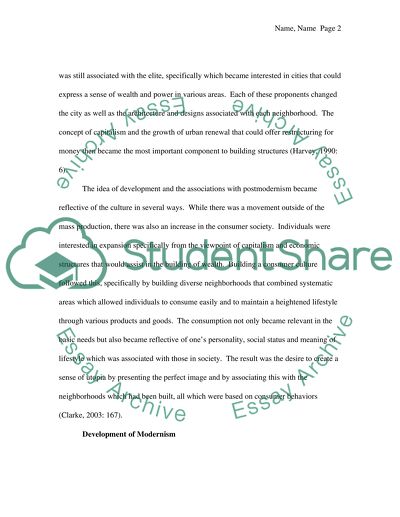Cite this document
(“In what respects does the postmodern city differ from its modern Essay”, n.d.)
Retrieved from https://studentshare.org/environmental-studies/1412649-in-what-respects-does-the-postmodern-city-differ
Retrieved from https://studentshare.org/environmental-studies/1412649-in-what-respects-does-the-postmodern-city-differ
(In What Respects Does the Postmodern City Differ from Its Modern Essay)
https://studentshare.org/environmental-studies/1412649-in-what-respects-does-the-postmodern-city-differ.
https://studentshare.org/environmental-studies/1412649-in-what-respects-does-the-postmodern-city-differ.
“In What Respects Does the Postmodern City Differ from Its Modern Essay”, n.d. https://studentshare.org/environmental-studies/1412649-in-what-respects-does-the-postmodern-city-differ.


